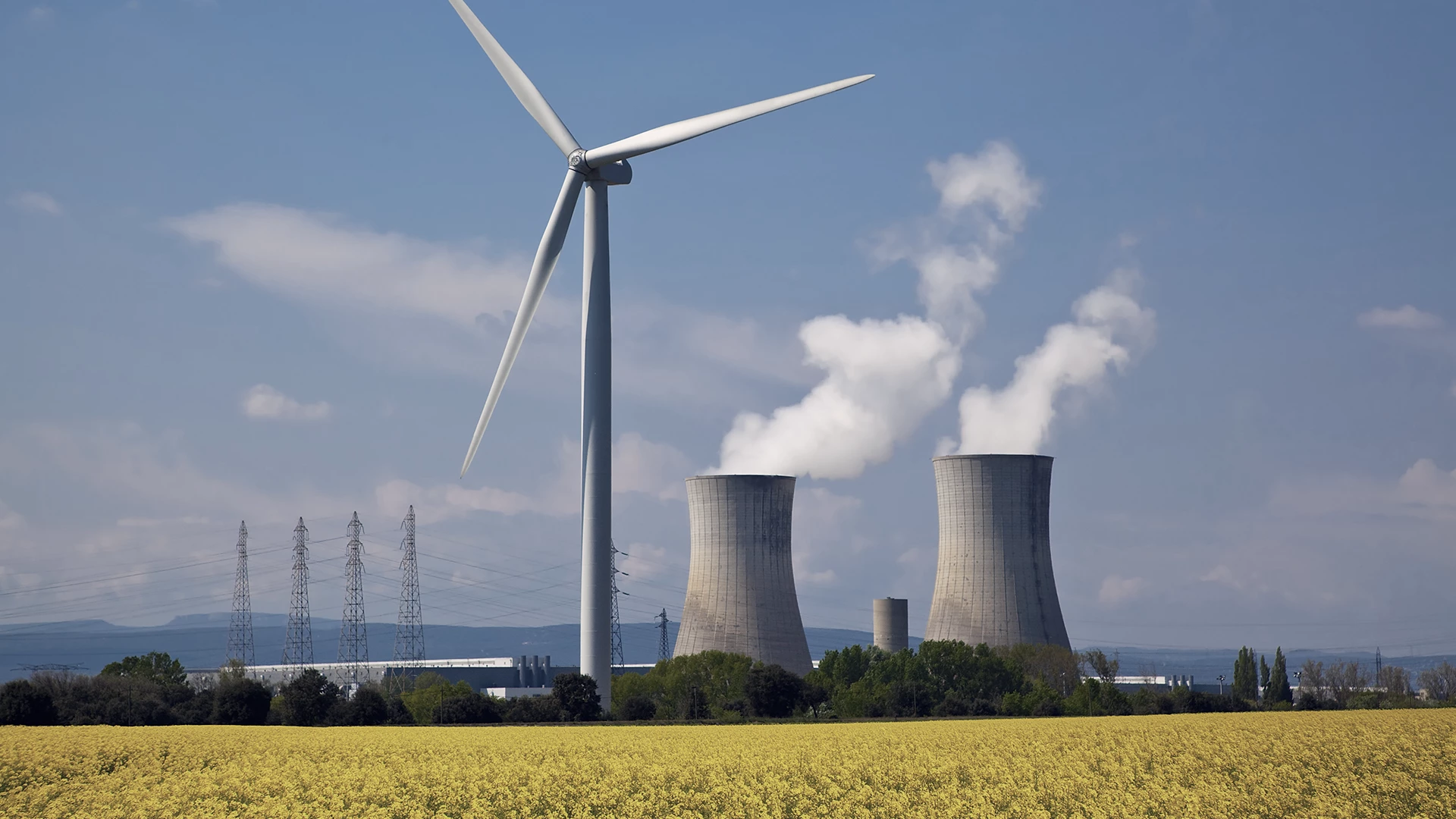
- Name:
- Marco Kisic
- Title:
- Head of ESG Research, Nordea
Denne siden findes ikke på norsk
Bli værende på denne siden | Fortsett til en lignende side på norskIn a controversial move, the European Commission has decided to include specific gas and nuclear activities in the list of sustainable investments covered by the EU taxonomy. Nordea's Head of ESG Research Marco Kisic explains what to expect.

The European Commission on 2 February published its Delegated Act on energy generation from fossil gas and nuclear, confirming the inclusion of these activities in the Climate Taxonomy. The inclusion has drawn widespread criticism, but the Commission defended its position indicating that this will allow the market to invest also in transitional activities in the energy sector, and acknowledged the role that current energy prices had on the decision.
The proposal will now go through a four-month approval process, but at the moment it appears unlikely to be vetoed. The extent to which this part of the taxonomy will get buy-in from the market remains to be seen, but if approved it is likely to improve the alignment of gas and nuclear activities in utilities, indirectly benefiting multi-fuel power plants manufacturers and more broadly we expect it to add legitimacy to gas and nuclear as transition fuels.
The EU Commission published its Delegated Act on gas and nuclear, confirming the inclusion of these activities in the Climate Taxonomy, largely in line with the draft published in December. The activities included cover power generation, heat/cooling co-generation and district heating from fossil gas, and energy generation from existing and new nuclear plants, provided that certain criteria are met (see below). The Commission defended its position in the face of widespread criticism indicating that the proposal received “overwhelming support” in the commissioners’ vote, and that it would allow investors to invest in transitional activities also in the energy sector. According to the EU Commission’s modelling for Paris-aligned pathways, natural gas would represent 22% of gross inland energy consumption in 2030 and 9% in 2050, although fully abated by 2050. On the other hand, the Commission’s expert advisers last week were of the opinion that the draft rules on gas and nuclear would not be aligned with EU’s climate targets with the goal of being net zero by 2050.
The proposal still needs to await approval by Member States and the European Parliament. The likelihood of blocking the proposal is considered low. For a veto in the Council, 20 Member States out of the total 27 (72%) need to vote against, and in the Parliament, a majority of EU’s 700 lawmakers (353+1 votes) would have to vote against. In addition, there is a review clause included in the act, which means that every three years the provisions will be re-examined, with a particular focus on the time limits provided by the Delegated Act.
If the proposal is approved, we expect it to add legitimacy to gas and nuclear as transition fuels.
In order to be consider Taxonomy aligned, the new gas-based power/heat plant (or refurbished combined heat and power plant) need to have either:
This is conditional upon the following:


Sustainability
Amid geopolitical tensions and fractured global cooperation, Nordic companies are not retreating from their climate ambitions. Our Equities ESG Research team’s annual review shows stronger commitments and measurable progress on emissions reductions.
Read more
Sector insights
As Europe shifts towards strategic autonomy in critical resources, Nordic companies are uniquely positioned to lead. Learn how Nordic companies stand to gain in this new era of managed openness and resource security.
Read more
Open banking
The financial industry is right now in the middle of a paradigm shift as real-time payments become the norm rather than the exception. At the heart of this transformation are banking APIs (application programming interfaces) that enable instant, secure and programmable money movement.
Read more